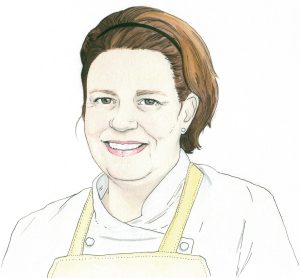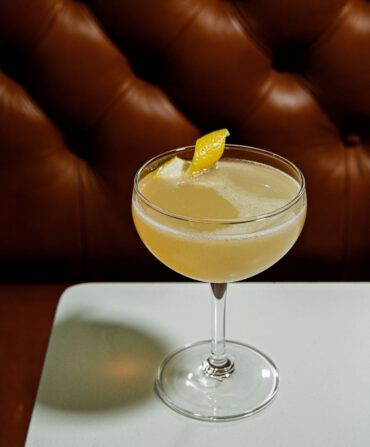Chef Anne Quatrano loves eggs, which is a good thing since the chickens on her farm north of Atlanta can lay three hundred a day. “I think eggs are the complete food,” she says. “I could eat them three times a day.” When she’s running between her four restaurants, sometimes she’ll swing into her store, Star Provisions, on Atlanta’s west side, and grab a piece of cheese, a hard-boiled egg, and a piece of toast. “The perfect lunch,” she says.
It’s fitting, then, that Quatrano has taken to putting her own spin on the deviled egg, something she, like most Southerners, grew up eating. Her mother mixed in pickle relish, her grandmother a bit of bacon. But Quatrano, who has an eye for turning something simple into something remarkable, makes two separate and seasoned mediums from the yolk and the white, then layers them inside a hollowed eggshell. A perfect spoonful contains a bit of each, punctuated with a pop of roe from a trout or a salmon.
To make these, you need to be mindful of texture. The yolks are blended until they’re creamy and the whites pushed through a sieve so they stay a touch fluffy. Then comes the fussy part: creating the eggshell cup. I’m not a fan of too many gadgets, but using an inexpensive egg topper really is the easiest way to cleanly slice off the tip of the shell. Of course, you could forgo the shell altogether and simply layer the mixtures into a small glass or a demitasse cup.
Quatrano first made her deviled eggs for a Southern supper four years ago in New York. She liked them so much she put a version in her book, Summerland. The recipe here offers a springtime tweak on the concept. Whatever the flavor profile, the genius is in providing a graceful way to indulge in one of the most awkward snacks in the Southern culinary canon. “A deviled egg is too big for one bite, so you have to fight it and it caves in and you always end up with a little egg on your face and hands,” she says. “This was our idea to make it a little neater.”









